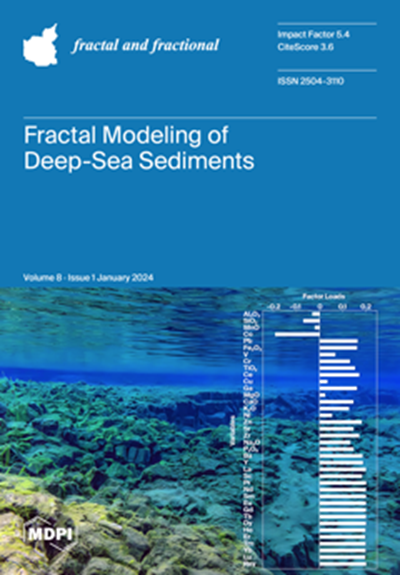流行病建模中的分数阶动力学与分数微积分的高级视角
IF 3.6
2区 数学
Q1 MATHEMATICS, INTERDISCIPLINARY APPLICATIONS
引用次数: 0
摘要
近年来,片断阶微分算子受到越来越多的关注,因为它们可以用来描述各种进化动力学问题,研究交叉行为。在本手稿中,我们利用上述算子研究了 COVID-19 的数学模型。通过利用分数微积分,我们的方法旨在捕捉疾病传播的交叉动态,同时考虑异质性和流行阶段之间的转换。这项研究旨在利用卡普托分数导数等专业数学技术开发一个框架,该框架有可能用于研究所考虑的流行病模型的交叉动态行为。预期的贡献在于将分数微积分与流行病学联系起来,为理论进步和实际公共卫生干预提供启示。为了提高我们对流行病动态和支持的理解,我们使用 MATLAB 对数值结果进行了模拟,以便直观地展示我们的研究结果。为此,我们使用了不同的分数阶数值。此外,我们还将模拟结果与一些报道的感染类和死亡类结果进行了比较,以证明我们的数值方法的效率。本文章由计算机程序翻译,如有差异,请以英文原文为准。
Fractional-Order Dynamics in Epidemic Disease Modeling with Advanced Perspectives of Fractional Calculus
Piecewise fractional-order differential operators have received more attention in recent years because they can be used to describe various evolutionary dynamical problems to investigate crossover behaviors. In this manuscript, we use the aforementioned operators to investigate a mathematical model of COVID-19. By utilizing fractional calculus, our approach aims to capture the crossover dynamics of disease spread, considering heterogeneity and transitions between epidemic phases. This research seeks to develop a framework using specialized mathematical techniques, such as the Caputo fractional derivative, with the potential to investigate the crossover dynamical behaviors of the considered epidemic model. The anticipated contribution lies in bridging fractional calculus and epidemiology, offering insights for both theoretical advancements and practical public health interventions. In order to improve our understanding of epidemic dynamics and support, we used MATLAB to simulate numerical results for a visual representation of our findings. For this interpretation, we used various fractional-order values. In addition, we also compare our simulated results with some reported results for infected and death classes to demonstrate the efficiency of our numerical method.
求助全文
通过发布文献求助,成功后即可免费获取论文全文。
去求助
来源期刊

Fractal and Fractional
MATHEMATICS, INTERDISCIPLINARY APPLICATIONS-
CiteScore
4.60
自引率
18.50%
发文量
632
审稿时长
11 weeks
期刊介绍:
Fractal and Fractional is an international, scientific, peer-reviewed, open access journal that focuses on the study of fractals and fractional calculus, as well as their applications across various fields of science and engineering. It is published monthly online by MDPI and offers a cutting-edge platform for research papers, reviews, and short notes in this specialized area. The journal, identified by ISSN 2504-3110, encourages scientists to submit their experimental and theoretical findings in great detail, with no limits on the length of manuscripts to ensure reproducibility. A key objective is to facilitate the publication of detailed research, including experimental procedures and calculations. "Fractal and Fractional" also stands out for its unique offerings: it warmly welcomes manuscripts related to research proposals and innovative ideas, and allows for the deposition of electronic files containing detailed calculations and experimental protocols as supplementary material.
 求助内容:
求助内容: 应助结果提醒方式:
应助结果提醒方式:


